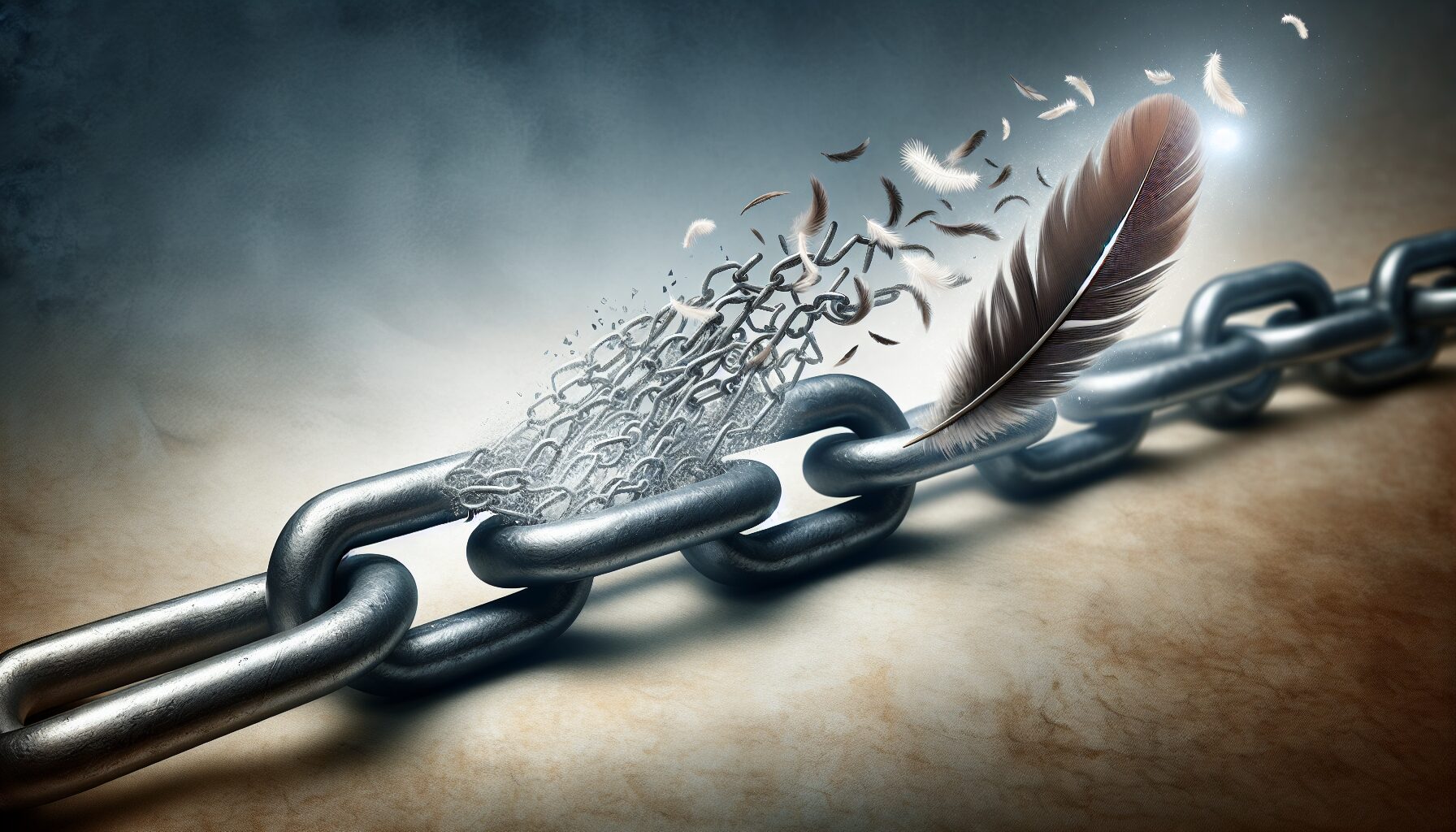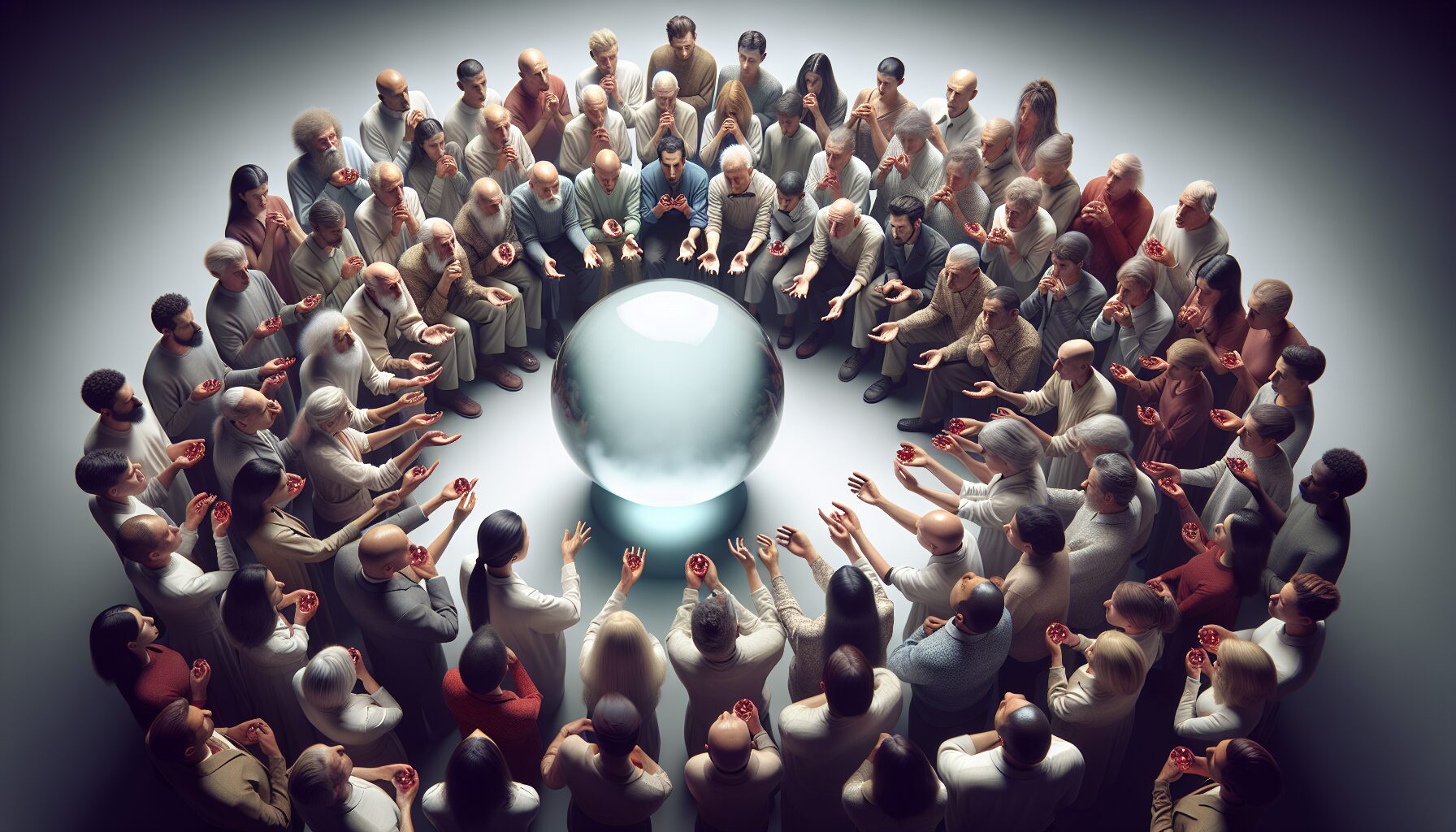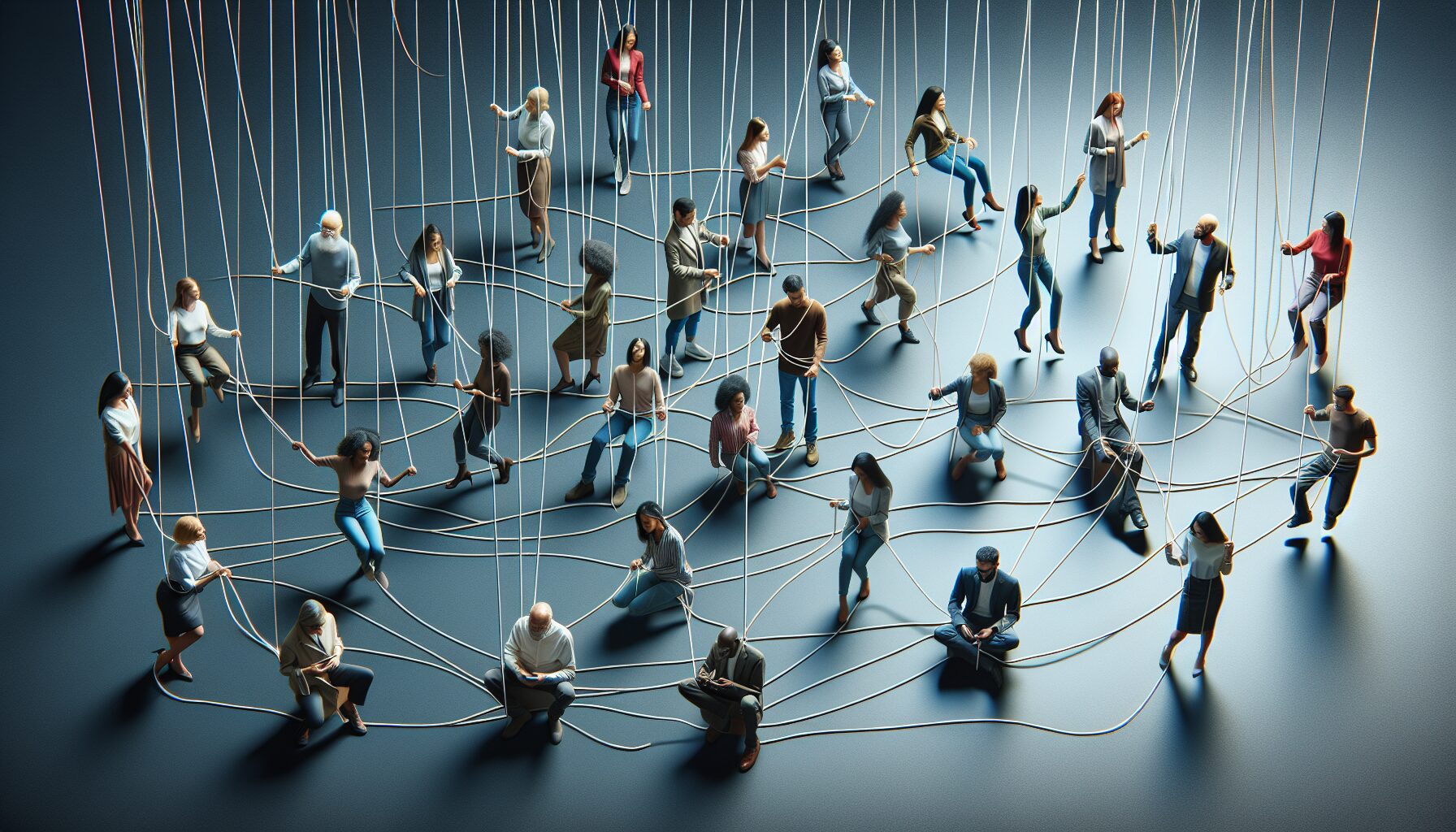In an era where media saturation is overwhelming and groupthink can overshadow individual reasoning, the concept of forced belief emerges as a pressing issue. Rather than convictions formed through critical thought, individuals find themselves coerced into adopting beliefs under external pressure. This article explores the dynamics of forced belief, its historical contexts, impacts, and how individuals can maintain personal conviction amidst external pressures.
Historical Perspectives: The Roots of Forced Belief
Throughout history, the imposition of belief systems has been a tool for control. From the religious crusades to totalitarian regimes, authorities have long sought to mold the thoughts of the masses. Philosophers like John Locke have decried such coercion, advocating instead for the rights to freedom of thought and expression as essential human liberties.
“No man’s knowledge here can go beyond his experience.” ― John Locke
This insistence on experience and personal conviction vs. imposed belief structures is a continuing conversation. As power structures evolved, so did methods of enforcing belief, adapting to the social and technological changes in each era.
The Modern Arena: Media, Social Platforms, and Echo Chambers
In the contemporary context, the digital landscape plays a pivotal role in propagating forced beliefs. Social media platforms, with their algorithms designed to keep users engaged, often create echo chambers where only similar and reinforcing views are presented. This digital isolation can silo individuals within a specific worldview, making it challenging to form beliefs independently.
- Algorithmic Influence: Platforms like Facebook and Twitter utilize algorithms that prioritize content based on user interaction history, effectively reinforcing existing beliefs without exposure to diverse perspectives.
- Viral Misinformation: False or misleading information can spread rapidly online, swaying public opinion and pressuring individuals to conform to popular but inaccurate narratives. For example, during crucial elections, misinformation on these platforms has been known to alter perceptions significantly (BBC News).
Psychological Mechanisms Behind Forced Belief
Understanding why people succumb to forced belief requires a look into psychology. Two primary phenomena contribute to this:
- Social Conformity: As illustrated in Solomon Asch’s experiments, individuals often conform to group norms to fit in or avoid conflict, even if it contradicts their beliefs.
- Cognitive Dissonance: As defined by Leon Festinger, cognitive dissonance occurs when individuals experience discomfort due to inconsistent beliefs and actions. To resolve this, one may change their beliefs under social pressure to reduce the dissonance.
“We all live with the objective of being happy; our lives are all different and yet the same.” ― Anne Frank
This quote reinforces that while the quest for social acceptance and happiness is universal, forcing beliefs in pursuit of this can lead to a superficial alignment with truth.
Impact on Society and the Individual
The implications of forced belief on society are profound and far-reaching. When large populations subscribe to beliefs without genuine conviction, the likelihood of rational discourse and progress diminishes. This scenario fosters environments ripe for manipulation by those in power, as seen in numerous historical and contemporary examples.
- Polarization: The schism between differing belief systems can create an entrenched divide among communities, turning ideological conflicts into all-out cultural wars.
- Stifled Innovation: In suppressing dissenting opinions, forced belief can deter innovation and the healthy exchange of new ideas, limiting societal growth.
Resistance to Forced Belief: Upholding Conviction
The question then arises: how can individuals resist the tide of externally pressured beliefs to uphold personal conviction? Here are some strategies:
- Critical Thinking: Encouraging education systems that prioritize critical thinking skills is essential. Thought leaders argue for curricula that prompt students to question, analyze, and understand various viewpoints rather than rote memorization.
- Media Literacy: As consumers of information, individuals must develop skills to discern credible sources from misinformation and recognize bias.
- Openness to Dialogue: Actively engaging in discussions with those holding opposing views can strengthen personal conviction and cultivate empathy.
“The measure of intelligence is the ability to change.” ― Albert Einstein
Einstein’s words serve as a reminder that while change is essential, it should result from thoughtful analysis and not coercive pressures.
Conclusion: Navigating the Complexities of Belief Formation
The battle between forced belief and conviction will persist as long as external pressures exert influence over personal thoughts. It is the responsibility of individuals and institutions alike to promote environments where free thought is championed. By encouraging critical engagement with information and fostering open dialogues, society can resist the dangers of forced belief and uphold the sanctity of individual conviction.
For further reading on belief systems and social psychology:







